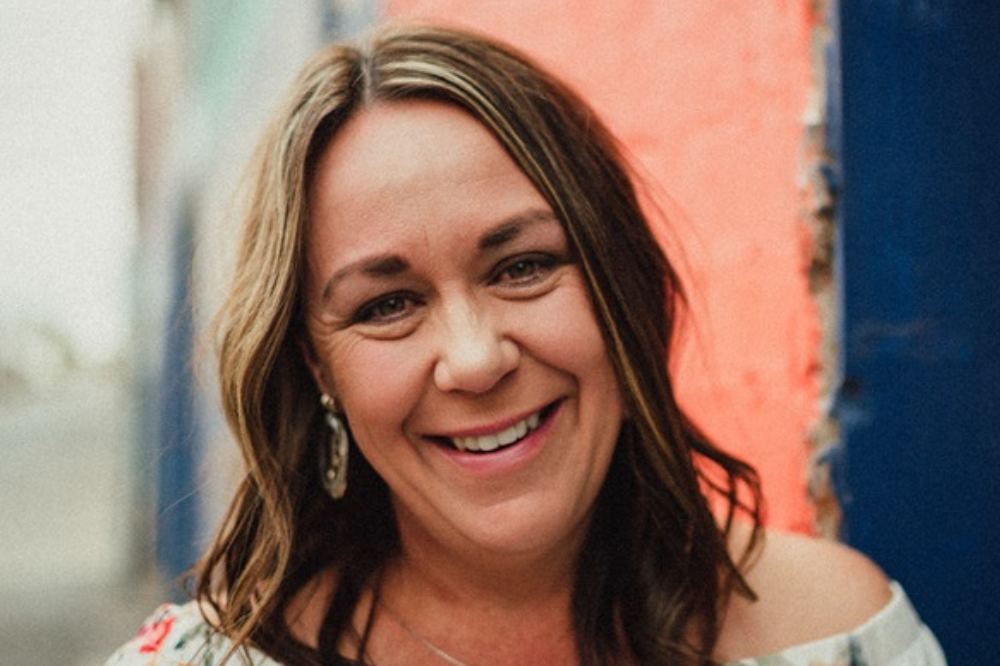
In recent years, differentiated learning has become an essential strategy for Australian teachers to create inclusive environments for all students.
By tailoring instruction to meet individual needs, teachers can address varied learning styles and abilities, ensuring every student has an opportunity to succeed.
Indeed, differentiation not only supports academic growth but also fosters a sense of belonging among students, encouraging participation and engagement.
At Kardinia International College, a ‘Vertical Curriculum’ is ensuring that students have control and ownership of their learning. It allows students to undertake learning that is commensurate with their ability and interest.
Under this flexible model, the learning students do is always relevant, targeted and differentiated, and mindfully prepares students for either the Victorian Certificate of Education (VCE) or the International Baccalaureate Diploma Programme (IBDP) pathways offered in Years 11 and 12.
Later this month, Jade Kemp, Secondary School Teacher, Media Artist and Film Maker at Kardinia International College, will present at a conference on the topic of unlocking student potential in neurodiverse classrooms.
The conference, ‘Differentiation & Engagement in Teaching & Learning: Implementing differentiated instruction to support diverse learning needs and growth’ is organised by The Hatchery and will be held on 30-31 October at the ibis Melbourne and online.
Below, The Educator speaks to Kemp about her approach to differentiated teaching, and how it can be scaffolded up to empower students for success not just in the classroom, but beyond the school gates as well.
TE: Drawing from your extensive experience in education, and your role at Kardinia International College, what are the key challenges you see educators facing when implementing differentiation strategies in the classroom, and how do you suggest they develop an effective action plan to address these challenges?
Implementing differentiation strategies is challenging, due to limited time and resources. My perspective changed after my own son’s experiences at school, which helped me reframe this perspective. As a neurodivergent learner with several diagnoses, I saw the difference a good teacher made to his learning journey. Whilst she put in place many scaffolds, adjustments and modifications, she primarily saw him as a human first, and led from this point with compassion and dedication.
Despite the broader issues in education regarding time, resource constraints and increasing NCCD numbers, teachers need an effective action plan to address these challenges. Schools can support staff by providing mentor teachers, creating shared resource banks, targeting professional development on neurotypes and disabilities, time release for NCCD date entry/analysis, micro-PD and designing easy to follow one-pagers.
TE: How can differentiation that 'scaffolds up' rather than 'differentiating down' help create more inclusive classrooms that engage students at all levels of ability?
‘Scaffolding up’ highlights the important principles of equity and inclusion. It acknowledges neurodiversity, a concept that recognises and values the natural variations in human brain functioning. This approach also addresses the spectrum of diverse learning needs in our classrooms. On any given day, students may need extra support to access their learning, regardless of diagnosis or neurodivergence. 'Scaffolding up’ is about knowing your students and meeting them at their point of need. Offering scaffolds for all is best practice, and making scaffolds an accepted support tool promotes inclusivity and makes diversity a normal part of the learning process. The bonus being that it is ultimately a time saver, as scaffolds are created for all students to access and use.
TE: Can you provide examples of practical scaffolds, adjustments, and modifications that teachers can include in their toolkit to support diverse learning needs in an inclusive classroom?
I use the acronym SAM for Inclusion – Scaffold, Adjust, Modify. Scaffolding involves using tools like guidelines, outlines, structures and technology to aid learning. Some practical scaffolds I have in place are modelling thinking processes aloud to demonstrate critical thinking, breaking down complex questions into focused sequences, and utilising thinking routines for presenting information. Generative Artificial Intelligence (GenAI) can be useful to help with creating scaffolds.
Adjustments ensure equal participation for students with disabilities. I teach primarily VCE, so this can be dependent on VCAA accommodations for assessments, but in class I offer adjustments like including images as visual aids, assigning odd or even numbered questions to complete, folding worksheets in half to focus on completing specific problems or accessing audio versions of texts.
Modifying refers to altering the classroom environment to enhance learning and assessment. In regard to the SAM model, this can be the most time intensive. Modifications can include simplifying the task by adjusting the criteria to match student capabilities or presenting information in different formats such as visual, verbal, written or in smaller segments.
TE: What minor changes in classroom practices do you believe can significantly enhance engagement and success for neurodivergent students, helping them develop their own version of success?
Normalising neurodiversity is a simple way of supporting neurodivergent individuals. Allowing flexible seating, endorsing fidget tools for self-regulation and promoting self-advocacy for learning success are vital. Championing neurodivergent learners means becoming more mindful of the language we use in class. For instance, avoid generalised statements like, “This should only take 5 minutes to complete”, as this can create anxiety for some students who need more time. Additionally, avoid describing tasks as “easy” because everyone’s version of easy is different. When the incorrect language is used, acknowledge this out loud to students. Every student’s version of success is different, and that’s okay. For some of our learners, it is not about academics, but staying in school and continuing to move forward on their journey. By embracing diverse versions of achievement, we empower students for success not just in school, but in life.


